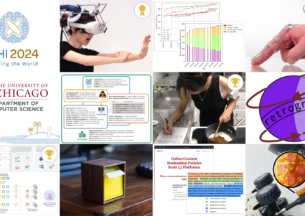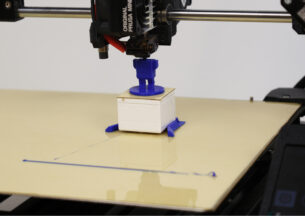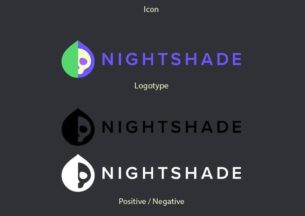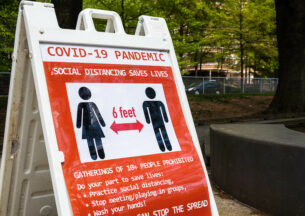What Art and Games Can Teach Science About AI
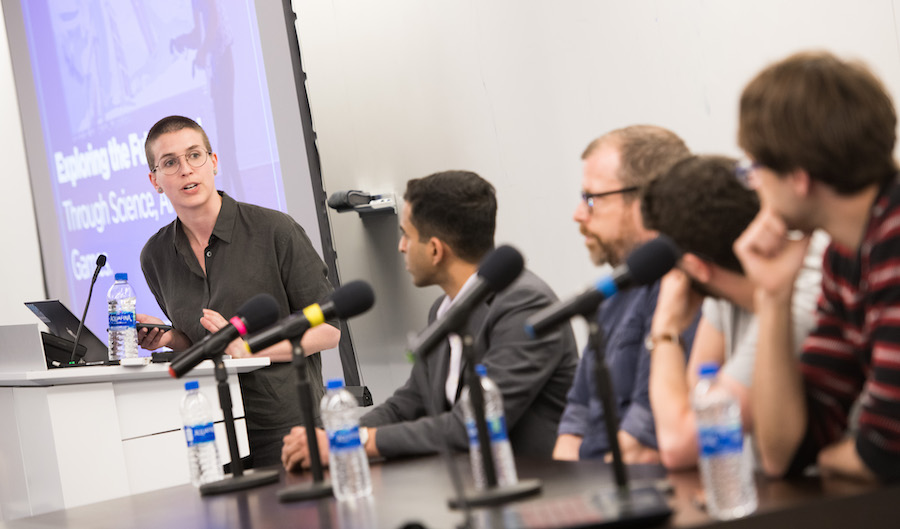
Some technologies promise such transformative change that no one field of scholarship can fully describe its impact. As artificial intelligence evolves from sci-fi trope to everyday tech, its potential to change science, art, entertainment, and society at large comes into focus. But cutting through the fog of hype to forecast the realistic benefits and fears around AI requires a conversation across disciplines.
On May 1st, a convening of University of Chicago experts from computer science, the arts, and humanities gathered at John Crerar Library for “Exploring the Future of AI Through Science, Art, and Games,” an event organized by the Center for Data and Computing, the UChicago Department of Computer Science, the Media Arts, Data and Design Center, and the Weston Game Lab. The first event of the 2019 UChicago Innovation Fest grappled with a topic that goes beyond technology into philosophy, ethics, and the very meaning of humanity in a world where machines perform more and more tasks once thought exclusively human.
Attendees also had the chance to explore some of these weighty issues in a more interactive manner, by play-testing a new card game from Tommy Maranges, a Chicago game designer who co-created the popular Secret Hitler. His new game, Inhuman Conditions, riffs on Blade Runner and other famous examples of AI and robotics in science fiction to create an intense interrogation where one player tries to determine if another is a robot or human — “Hopefully true to the dystopic origins of the Turing Test in how bad it feels.”
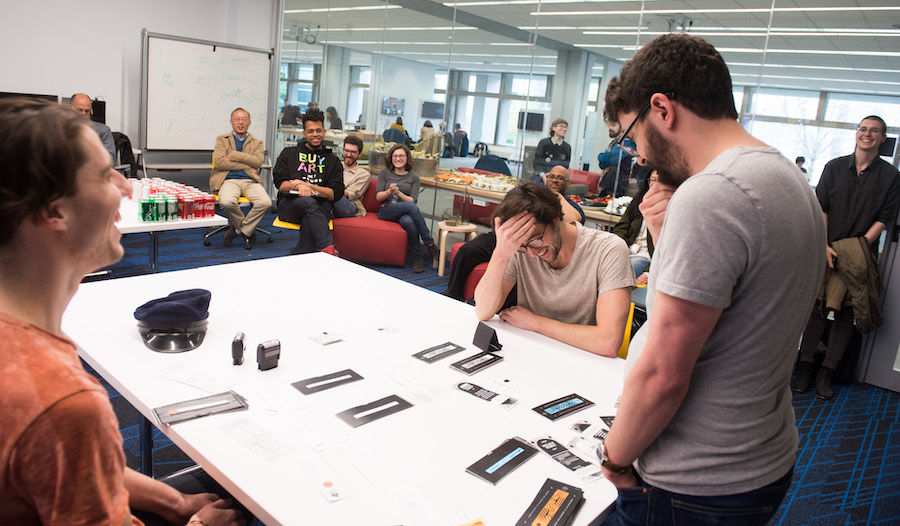
But first, it was helpful to establish the capabilities and limitations of current forms of artificial intelligence. Sanjay Krishnan, an assistant professor of computer science at UChicago, used the example of computer vision, where algorithms can now successfully identify a pig in a photo, but even small perturbations can greatly reduce their accuracy.
“These algorithms are not actually understanding the concept of a ‘pig’…they’re fundamentally looking at what patterns are contained in those images and correlating it with a decision,” Krishnan said. “The AI algorithm has no broader context of the real world…it is just pattern matching.”
But recently, other forms of AI have achieved major landmarks in mimicking, or even surpassing, human ability. Games have played a major training role in this history, said Patrick Jagoda, Associate Professor of English and Cinema & Media Studies and Director of Weston Game Lab, from the crude systems used in early Atari games up through AlphaGo, the algorithm developed by Google DeepMind that defeated the world’s top-ranked Go player in 2017.
“I think games are a really good place for testing AI, because the failure states are so clear. But only in a particular subset of games that has become dominant in our particular moment, competitive games,” Jagoda said. “Determining what one wants success to be, or what one wants failure to be, is a very important part of this process.”
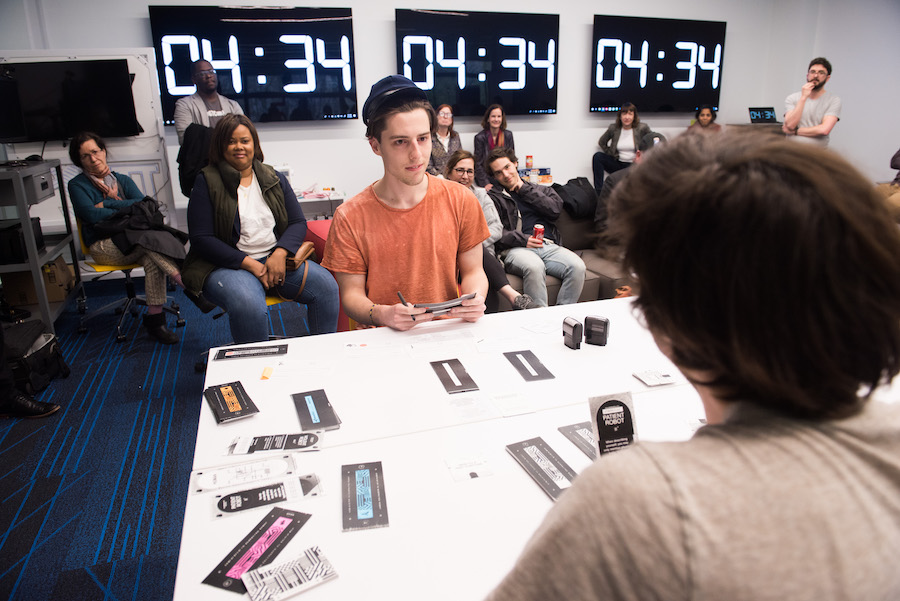
AI has also made inroads in the art world over the last few decades, said Jason Salavon, Associate Professor of Visual Arts, who himself creates “semi-autonomous art.” Recently, he has experimented with the same deep learning techniques that underlie leading computer vision approaches in works such as Homage In Between, a piece that was projected on Chicago’s Merchandise Mart in Fall 2018. The increasingly sophisticated products of these approaches challenge the notion that only humans can be creative, Salavon said.
“I think we are at a real pivot point with regard to using computational processes to autonomously make things that people value qualitatively on their own,” Salavon said. “This gets to a really touchy place: Can you encode creative processes? Are creative processes magical human processes or can they be encoded in some sort of standalone process? That’s a real philosophical challenge and problem.”
Watch the full video of the panel below to hear about the danger of “optimizing for attention,” the kinds of fictional and interactive narratives that can help people explore the implications of AI, and whether the increasing use of AI will require new ways of thinking about ethics and technology.
Photos by Jean Lachat. Video by Tom Dobes.




